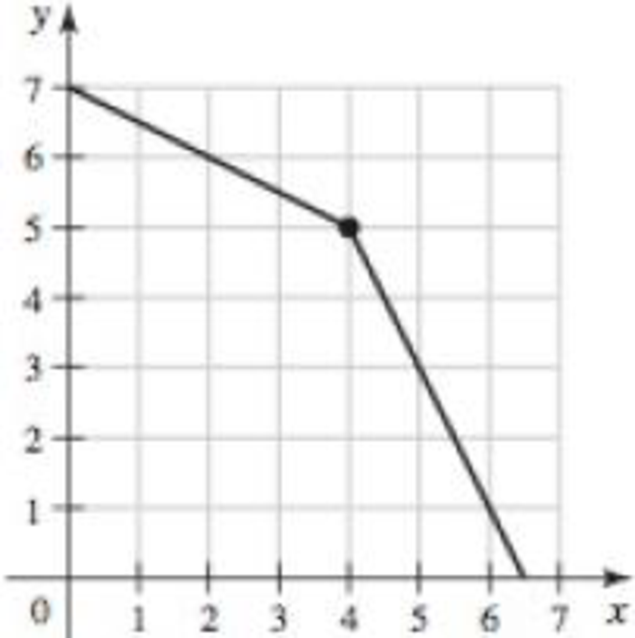
Concept explainers
Finding a symmetric interval The function f in the figure satisfies
- a. ε = 2
- b. ε = 1
- c. For any ε > 0, make a conjecture about the corresponding values of δ satisfying (3).

Want to see the full answer?
Check out a sample textbook solution
Chapter 2 Solutions
Calculus: Early Transcendentals (3rd Edition)
Additional Math Textbook Solutions
Introductory Statistics
University Calculus: Early Transcendentals (4th Edition)
Basic Business Statistics, Student Value Edition
Elementary Statistics: Picturing the World (7th Edition)
Algebra and Trigonometry (6th Edition)
- the second is the Problem 1 solution.arrow_forwardc) Sketch the grap 109. Hearing Impairments. The following function approximates the number N, in millions, of hearing-impaired Americans as a function of age x: N(x) = -0.00006x³ + 0.006x2 -0.1x+1.9. a) Find the relative maximum and minimum of this function. b) Find the point of inflection of this function. Sketch the graph of N(x) for 0 ≤ x ≤ 80.arrow_forwardThe purpose of this problem is to solve the following PDE using a numerical simulation. { af (t, x) + (1 − x)= - Ət af 10²ƒ + მე 2 მე2 = 0 f(ln(2), x) = ex (a) The equation above corresponds to a Feynman-Kac formula. Identify the stochastic process (X)20 and the expectation that would correspond to f(t, x) explicitly. (b) Use a numerical simulation of (X+) above to approximate the values of f(0, x) at 20 discrete points for x, uniformly spaced in the interval [0,2]. Submit a graph of your solution. (c) How would you proceed to estimate the function f(0.1, x). (Briefly explain your method, you do not need to do it.) Extra question: You can explicitly determine the function in (b) (either as a conditional expectation or by solving the PDE). Compare the theoretical answer to your solution.arrow_forward
- A sequence is given by the formula an = n/2n^2 +1 . Show the sequence is monotone decreasing for n >1. (Hint: What tool do you know for showing a function is decreasing?)arrow_forwardA sequence is given by the formula an = n 2n2 +1 . Show the sequence is monotone decreasing for n 1. (Hint: What tool do you know for showing a function is decreasing?)arrow_forwardDifferentiate #32, #35arrow_forward
- Algebra & Trigonometry with Analytic GeometryAlgebraISBN:9781133382119Author:SwokowskiPublisher:Cengage
 College AlgebraAlgebraISBN:9781305115545Author:James Stewart, Lothar Redlin, Saleem WatsonPublisher:Cengage Learning
College AlgebraAlgebraISBN:9781305115545Author:James Stewart, Lothar Redlin, Saleem WatsonPublisher:Cengage Learning Trigonometry (MindTap Course List)TrigonometryISBN:9781337278461Author:Ron LarsonPublisher:Cengage Learning
Trigonometry (MindTap Course List)TrigonometryISBN:9781337278461Author:Ron LarsonPublisher:Cengage Learning 
 Algebra: Structure And Method, Book 1AlgebraISBN:9780395977224Author:Richard G. Brown, Mary P. Dolciani, Robert H. Sorgenfrey, William L. ColePublisher:McDougal Littell
Algebra: Structure And Method, Book 1AlgebraISBN:9780395977224Author:Richard G. Brown, Mary P. Dolciani, Robert H. Sorgenfrey, William L. ColePublisher:McDougal Littell





